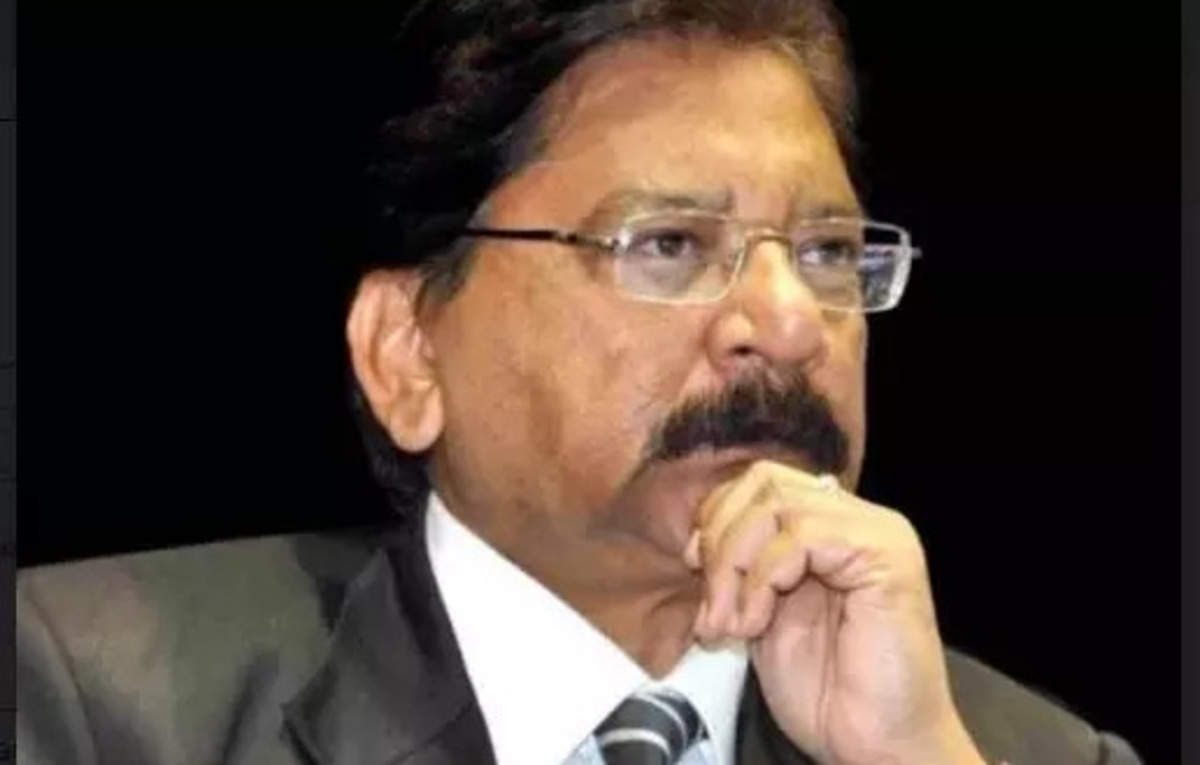


Ever since the sixth century BCE, when the first ‘railway ‘track, the Diolkos, was laid down by the ancient Greeks to transport boats across the Isthmus of Corinth, changing the war and commerce of the region, geoeconomics has been equally or more of a force for change than geopolitics or geostrategy.
Across a history of silk routes and golden quadrilaterals, economic integration, driven by transport, has boosted trade and improved the availability of goods and services. In turn, the liberalization of trade impacts market expansion, and the exchange of technology and investments. When this integration includes railway systems, the costs of doing logistics and business are lowered further, and so is our planetary impact measured in GHG emissions. Sustainable development in 21st century necessarily requires a robust Rail network. A railway is therefore the physical dimension of geo-economics and the key to unparalleled opportunities for people and nations seeking common goals and shared prosperity.
Nepal is looking at one such historical opportunity – a railway line that will connect Kathmandu with New Delhi in its south and another connecting it to Beijing on its north in addition to an East-West rail link connecting Mechi in the southeast to Mahakali in Southwest. Serious national and bilateral commitments have been drawn up and policy makers know that railway connectivity to Kathmandu can transform the economic trajectories for all stakeholders a move guided by the motto ‘Samriddha Nepal , Sukhi Nepali’.
continued below
A key part of this vision is connecting Kathmandu with Raxaul in India, as outlined in the joint statement issued by the Prime Ministers of both countries in 2018, and a subsequent MOU for a 140 km railway line, with an estimated cost of US$ 3.5 billion.
India and Nepal have undertaken several projects on rail connectivity that lay the groundwork for this new initiative. The two countries currently have two operational cross border links: Raxaul-Birganj for freight trains, and Jayanagar-Bijalpura for passenger trains. Another 18 km line connecting Jogbani to Biratnagar is partially completed. A number of other surveys being undertaken on the Indo-Nepal border include Kakarabitta (Nepal) – Naxalbari (India), Nepalgunj Road (India) – Nepalgunj (Nepal), Nautanwa (India) – Bhirahawa (Nepal), Kushinagar (India) – Kapilvastu (Nepal), and Raxaul (India) – Kathmandu (Nepal).
The most important cross border rail link between India and Nepal, which the world is watching with interest, is the 140 km long Rail line from Raxaul (India) to Kathmandu (Nepal). This will strengthen rail integration in Eastern South Asia and give the Kathmandu valley seamless access to the entire Indian and Bangladesh Railway networks. Rail movement of bulk and containerised cargo to and from Kathmandu valley to industrial and manufacturing hubs and ports of India and Bangladesh can provide a massive stimulus to Nepal’s economy. The proposed electrified train route with significantly reduced GHG emissions and logistics costs is, in a sense, necessary for Nepal’s sustainable growth. The final Location Survey for this line was sanctioned by India in 2019-20 and has since been completed by KRCL. The work begins after the FLS is approved by both India and Nepal and the funding arrangement is tied up.
Nepal is also working on an ambitious 945 km East-West Electrified Railway Project, with an estimated cost of US$3 billion as a PPP investment. The proposed link connects 24 southern districts of Mechi-Mahakali belt and potentially the Indian Railways.
Nepal is not only looking to connect Kathmandu with India but also China. A proposed northern line would connect Kathmandu to Gyirong (Kerung) in China via Rasuwagadhi border town in the north and further on to Shigatse (Xigaze), the second largest city of Tibet. Shigatse is already connected by rail with Lhasa on the existing Tibet Rail network. Onwards via Lanzhou, it joins the larger China Rail network connecting Beijing, Shanghai, and Shangri- La via Kunming.
Interestingly, the elusive ‘Shangri-La’, from James Hilton’s 1933 novel, ‘The Lost Horizon’, where people lived in a sublime Utopia, does not exist, and it was near impossible for the heroes of the book to find. But the modern world’s Shangri-La, a real city in south-east Tibet is now connected by Railway to Kunming and a proposal to connect it to Lhasa is being developed. When these missing links are completed, one could both easily find and board a train to Shangri-La from Kathmandu or Delhi.
The 120 km rail line from Gyirong to Kathmandu would be an extension of Qinghai – Lhasa, the highest railway line in the world. It would involve steep gradients and high altitudes, and construction of 550 km of rail line skirting Mt Everest in the foothills from Shigatse to Gyirong in China. It’s not only about 120 km of rail link, the cost of this extended missing 670 km link (Shigatse – Kathmandu) could be as high as US$10 billion owing to mountainous terrains and permafrost conditions.
Both India and China have the expertise and technology to lay railway lines in difficult mountainous regions, having built the Udhampur- Srinagar and Qinghai-Tibet railway lines respectively. The Kathmandu – Gyirong line is, as reported, a BRI project for China and hence likely to follow a set mode of financing. For Raxaul- Kathmandu there are multiple financing options including, PPP, MFIs, MCC and LOC.
Purely from the point of view of transport connectivity, the geoeconomics of the links make sense, and add a new dimension to the largely ratified TAR (Trans Asian Railway) agreement. With reports suggesting Kathmandu could link to Raxaul by 2030, and to Shigatse by about 2035, the train to Shangri- La is no more the lost horizon of last century.
(The writer is M. Jamshed Former Member Indian Railway Board. Views are personal)